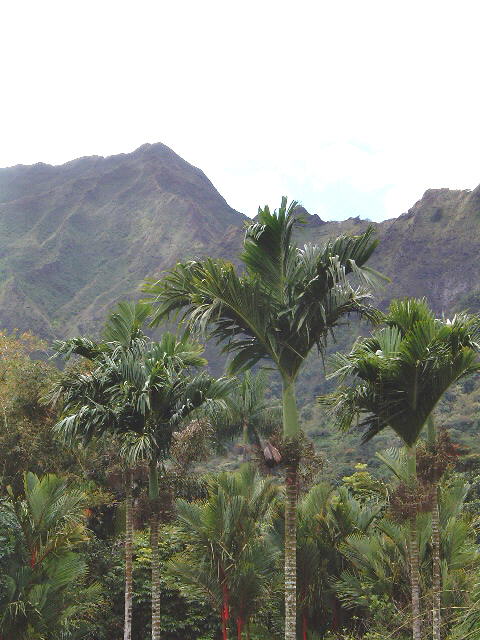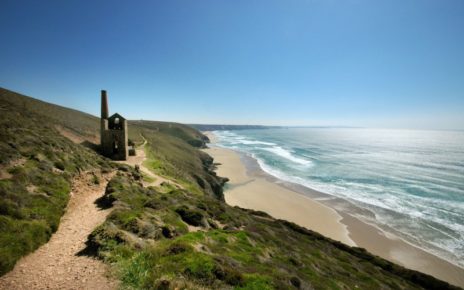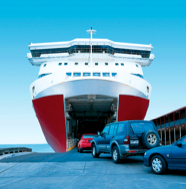The following is a guest post.
While Honolulu is arguably the most accessible and popular place in Hawaii, the flush of tourists can leave you with what feels like a less than authentic experience. I’ve always enjoyed the beauty of Waikiki and Diamond Head, along with dozens of other hiking, snorkeling and surfing spots conveniently located near every amenity you could need — think old favorites like lodging at Maile Sky Court and the many other Oahu hotels. But I decided to seek out the quieter, calmer northeastern side of Oahu. After all, there are 600 square miles of the island to explore, so why stop at just one end of it?
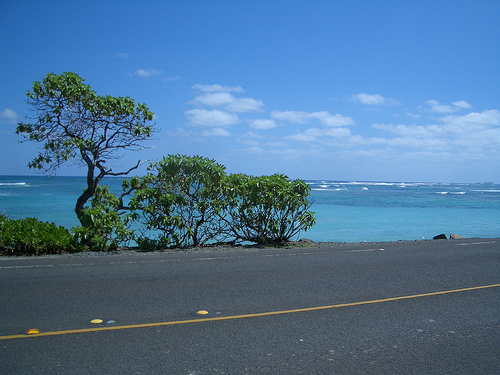
The Windward side is a world away from bustling Honolulu, and Kailua Bay is the first place to go. The azure bay framed by a white crescent beach serves as the perfect backdrop for the peaceful town. It’s a half hour drive from downtown and Waikiki, but what separates the two is the towering Koolau Range, which creates an entirely different climate.
A Whole New World
Two tunnels run through the green lava wall, and one side to the other is dramatically different. Honolulu is reliably sunny, dry and peppered with urban attributes like high rises and freeways. The windward side an expansive terrain of lush foliage and volcanic cinder cones. It’s greener, quieter and wetter. Most notably, the pace of life is remarkably slower.
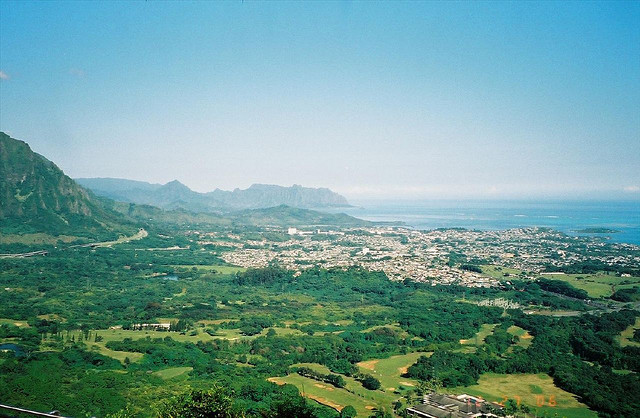
Sit and Stay Awhile
So, what is there to do in this sleepy beach town? I simply relaxed and settled in, getting to know the community for a couple of days. Kailua is a real town, replete with charm and modesty, and feels relatively untouched by gentrification or tourists. Hawaiians still fish here with spears and nets, and there is no nightlife to speak of. The downtown hasn’t changed much in the past 50 years, and the local flavor comes through in the farmers’ markets, little independent bookstores, the library, family-owned restaurants and, my favorite, a thrift store stocked with an arsenal of muumuus and Polynesian-themed decorations.
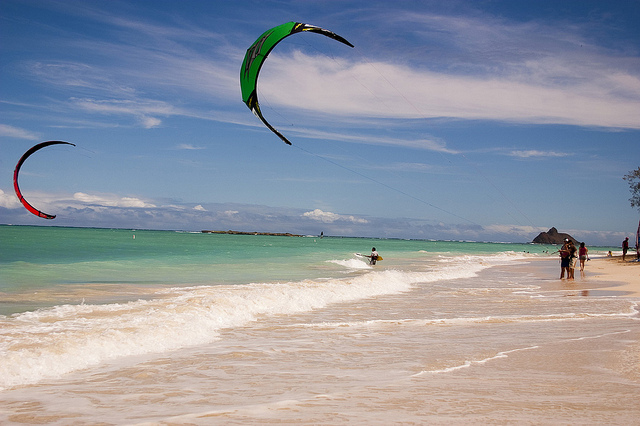
Antique Architecture
On the eastern edge of Kawai Nui Marsh sits the Ulupo Heiau historic site, a massive temple on an ancient site associated with the menehune. Thought to be more than 400 years old, the gigantic stone platform–a product of hand to hand rock laying– is all that remains of the original temple that was once terraced with statues. The walls reach up to 30 feet high, and the platform is 150 feet by 140 feet, so you can help but feel awed at its imposing significance.
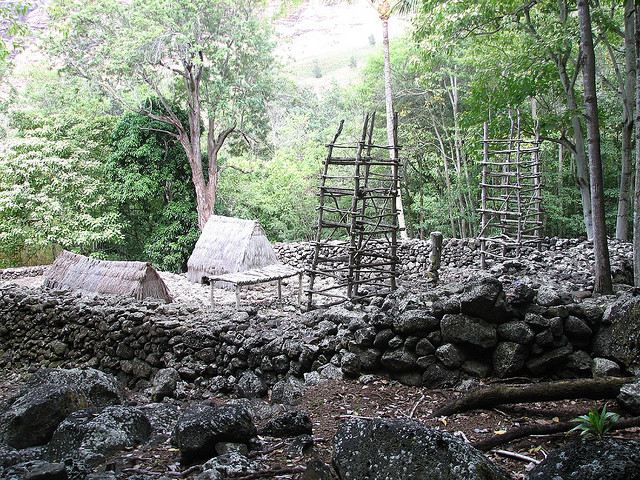
Botany and Birds
The marshlands, mountains, and amazing places like the Ho’omaluhia Botanic Garden offer up a rich array of native plant and bird species to feast your eyes on. Bring a camera, binoculars, and quiet mindfulness to best experience the wondrous life of the Windward side. Go. Now.
